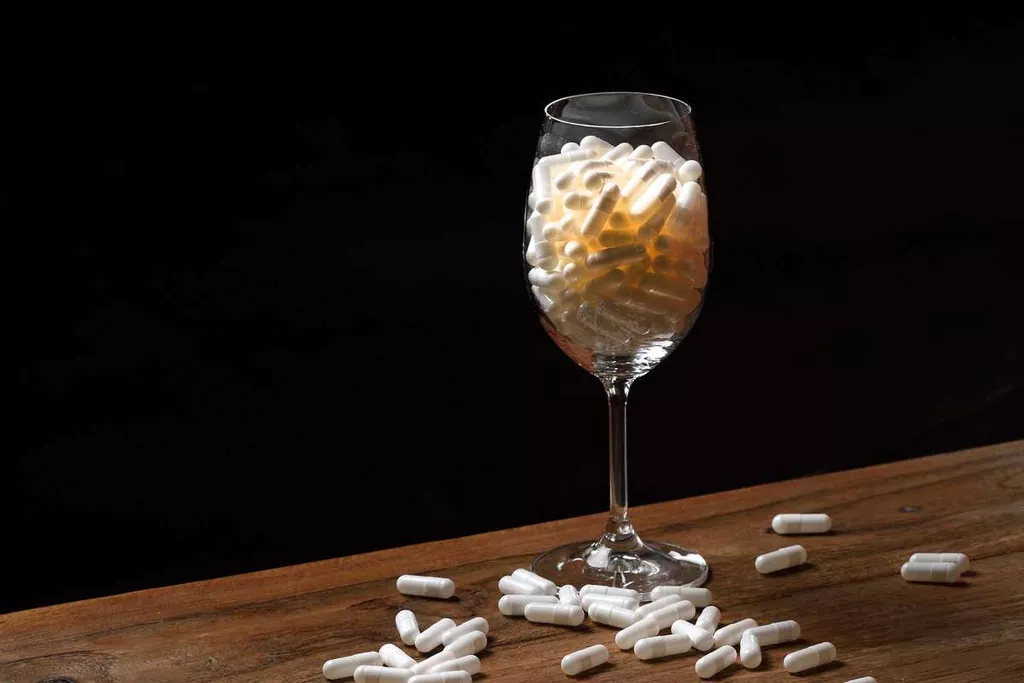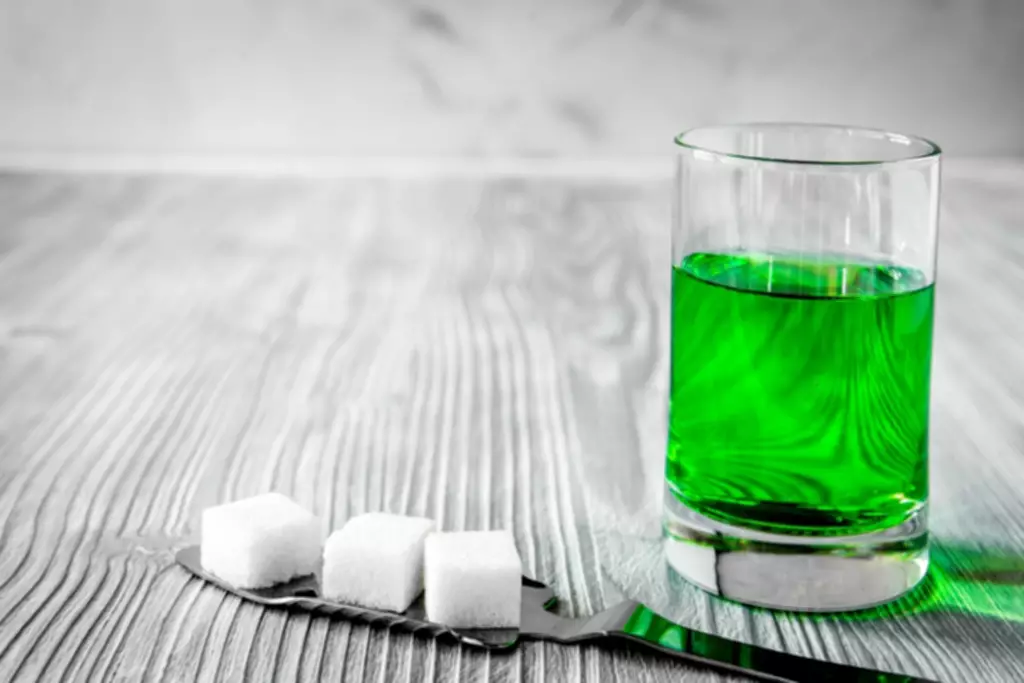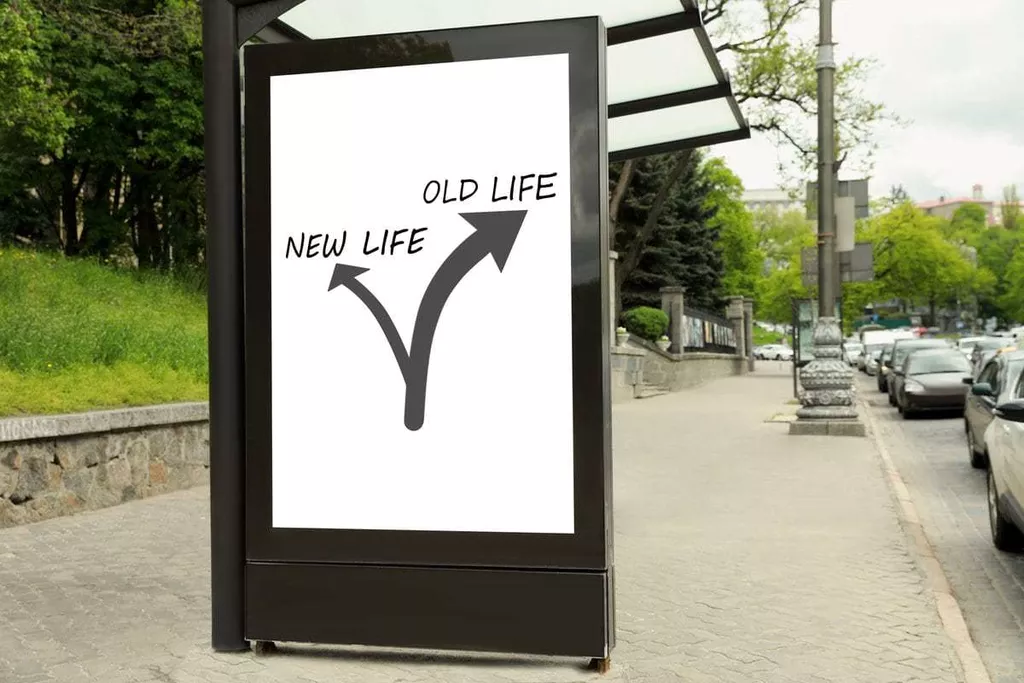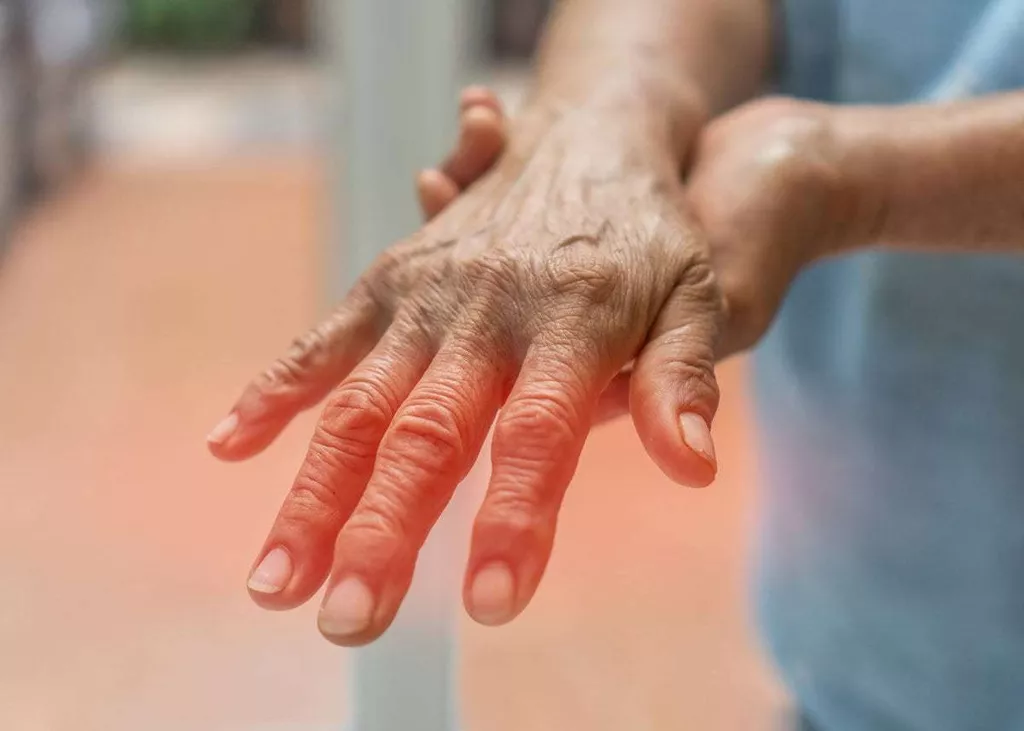
Unfortunately, numbing thoughts and feelings may seem to help for a while, but as we all know, trauma takes work to overcome. For instance, warm colors like red and orange might represent the intensity of addiction or the passion for recovery. Cool colors like blue and green could symbolize calm and healing. The process of selecting and working with colors can provide valuable insights into an individual’s emotional state and progress in recovery.
Progress, Not Perfection In Art Form – Learning How To Paint During Covid By Sober Curator Ashley Sunderland

This comprehensive course will equip you with the skills and knowledge needed to effectively use art therapy in various settings, including addiction recovery. Participants with grief noticed an improvement in cognitive and emotional coping. Participants had less sadness, anger, and guilt after art therapy sessions. Those with depression had an improved self-image and a stronger sense of self-esteem. Individuals with PTSD also had interesting findings. Another study found participants with PTSD felt more https://ecosoberhouse.com/ relaxed, had reduced behaviors that contributed to poor emotional function, and had increased emotional responses.
The Impact of Drug Addiction on Artistic Expression

You can even search for words online and print them out. In closing, I encourage you to take what you’ve learned and embrace art’s transformative power. Art can be a companion in your most challenging times, offering you a means to voice your story when words fall short. They can help navigate emotions that surface during art-making and encourage beneficial reflection.
Art Therapy has a Lasting Impact
- We begin with an open mind and ask that they allow the process to be directed by the same higher power that we ask to direct our recoveries.
- Whether you are looking for matching tattoos, symbolic designs, or something unique, I will provide suggestions tailored to your preferences.
- Artwork depicting addiction often employs recurring visual motifs that speak to the universal experiences of substance abuse.
You don’t have to make it a novel—a children’s picture book will work well, too. You can choose any medium you like to complete the Drug rehabilitation artwork (even finger-painting!). Don’t put your sewing kit away and admit defeat. Nearly anyone can learn to cross-stitch. You can also create a healing quilt made from scraps of fabric that you find meaningful.

Creating a Crisis Plan: A Free Printable Worksheet for Safety Planning
- The rhythm and melody can soothe turbulent emotions, while the process of crafting lyrics offers a structured outlet for processing complex feelings.
- Art therapy is a useful tool for many therapists looking to help patients work through complex emotions and thoughts through active art-making.
- All that’s needed to take the first step is the willingness to lead a happier, healthier life.
- This simple yet powerful art therapy directive works well for clients who are struggling to define who they are.
Art therapists can design therapeutic interventions that align with an individual’s unique challenges and strengths. This customized approach enhances the effectiveness of the creative recovery process. Group therapy, frequently incorporates art therapy, creates a space where individuals can connect with others who share similar struggles and experiences. This sense of camaraderie can be immensely comforting and reassuring, reducing feelings of isolation. Make art based on a quote or poem you like. Quotes and poems have the power to change our moods.


Using lines, shapes, and colors, create images that express your feelings while thinking about why you used the lines, shapes, and colors you did. Using various art tools, document a happy experience you recently had. Create a visual representation of the event, the feelings, and the joy. All artwork used in this post was created by me. The recovery painting ideas images serve as a reference for the reader. Most of the artwork I feature in blog posts is “response art”.
- This straightforward art activity provides an excellent metaphor for your adult clients to work through any number of issues.
- Anyone’s journey through addiction and recovery is deeply personal and fraught with challenges.
- Create an art installation of a safe space.
